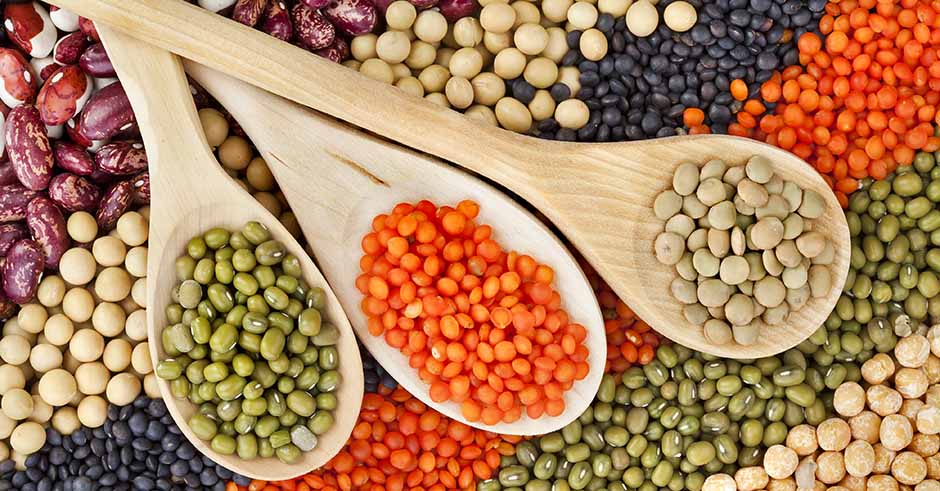Dry peas, beans, lentils and chickpeas—these nutritionally dense seeds of legumes are a food staple for people around the world. They are also sustainable, able to grow in harsh environments and require little to no water. The United Nations declared 2016 the International Year of Pulses to increase awareness of the many benefits of pulses, including their nutritional, environmental and sustainability qualities, plus their affordability and potential to address global food security.
It’s not too late to take the Pulse Pledge. It’s easy: Commit to eating pulses once a week for 10 weeks. Sign up at pulsepledge.com, where you’ll find a plethora of information and recipes.
Ways to Swap in Pulses
Hummus for mayonnaise: Build a better sandwich by spreading chickpea hummus on the bread instead of mayo.
Lentils for meat: Swap cooked lentils for half the meat in your favorite recipe filling (for example: lasagna, chili, burgers) to lower the sodium and cholesterol content.
Chickpea flour for all-purpose flour: Replace half the all-purpose flour with an equal amount of chickpea flour to add iron, folate, fiber and protein.
White bean puree for butter: When baking, substitute half the butter or oil with equal amount of white bean puree to lower fat content and add nutrients.
Cooking Tips for All Pulses
- 1 cup dry = 2½ cups cooked
- Use unsalted water—salt toughens pulses during cooking.
- Acidic ingredients like tomatoes slow cooking. Add them late in the cooking process.
- Add a pinch (about ⅛ teaspoon) of baking soda to beans or chickpeas as they simmer to help them cook faster.
Here’s a recipe to get you started: Italian Split Pea Soup

